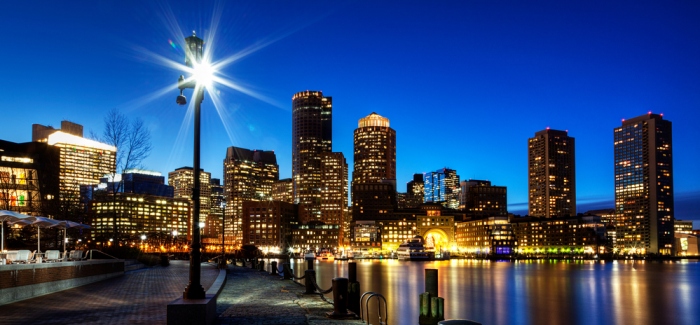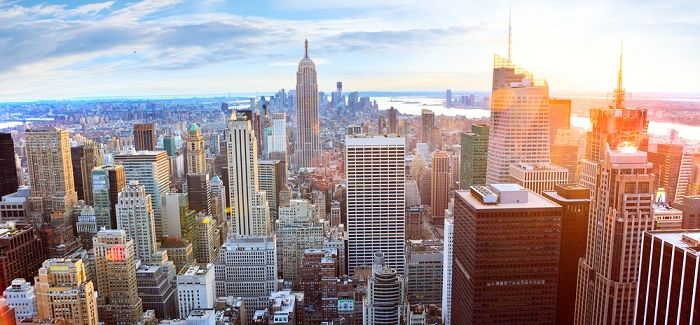Death Valley is probably one of the most diverse and mysterious locations on the planet. With the highest point of the National Park a mere 15 miles from the lowest point in the whole of North America, this diverse landscape has enough twists and turns to have anyone confused. It's also incredibly beautiful. And incredibly hot. While I visited here, the heat actually completely killed my phone. But it was 100% worth it.
Here are five things you should know about visiting Death Valley.
It's the hottest place on Earth
The world's highest recorded air temperature occurred here on July 10, 1913, when thermometers hit 134 degrees Fahrenheit. One hundred years later, it's still a scorcher. The hottest recorded month in Death Valley was in June 2013, when the temperature was consistently at levels that can only be described as bonkers. The hottest day in the month was 129.2 degrees Fahrenheit.
It's so hot, you can't even use air conditioning
If my phone died, what do you think will happen to a car/minibus? Air conditioning is a strict no-no as the hot air causes air conditioning system to break and (in some cases) overheat and set on fire. So, unfortunately, you'll just have to sweat it out. When I went, my top changed color I was sweating so much. Yes, you'll stink. But everyone else is in the same boat as you so try not to worry about it.
It has highs and lows
Badwater Basin is the lowest point in North America; 282 feet below sea level. It's a really surreal place, where you feel like you can see for miles along the salt flats. Although it's still really, really hot, in winter you can actually hike across the flats.
However, when I went in summer, we left the bus to take some pictures, but then had to quickly get back on the bus as we were covered in sweat.
From the lows to the highs, just 15 miles away from the lowest point in the whole of North America, is the highest point in the National Park. Telescope Peak stands tall at 11,049 feet.
It’s actually a really diverse landscape
Despite the astonishingly harsh conditions in Death Valley, the landscape continues to thrive. Desert bighorn sheep, lizards and tiny pupfish, which live in pools saltier than sea water, all call the National Park ‘home’ and prove that life can thrive even in the harshest conditions.
In 2005, the desert sprang to life in what was called the "bloom of the century", and in times of rain and floods the National Park is covered with incredible shows of spring wildflowers.
91 percent of the 3.1-million acre park is designated as wilderness, which shows how extensive the vegetation is.
The stargazing opportunities are epic
If you can stay overnight - please do. The sky is a perfect spot for stargazing, as there's virtually no light pollution. In fact, International Dark Sky Association says Death Valley is the largest International Dark Sky Park in the US.
It's quite surreal and supernatural
People often think of Death Valley as otherworldly, due to its harsh landscape and climate. There is also a supernatural phenomena here of sliding boulders. The Racetrack is a dry lake bed, where boulders seemingly slide across the landscape, leaving a trail in the desert dust. Tracks suggest some rocks have moved up to 1,500 feet, but no one has actually seen it happen. Spooky.






